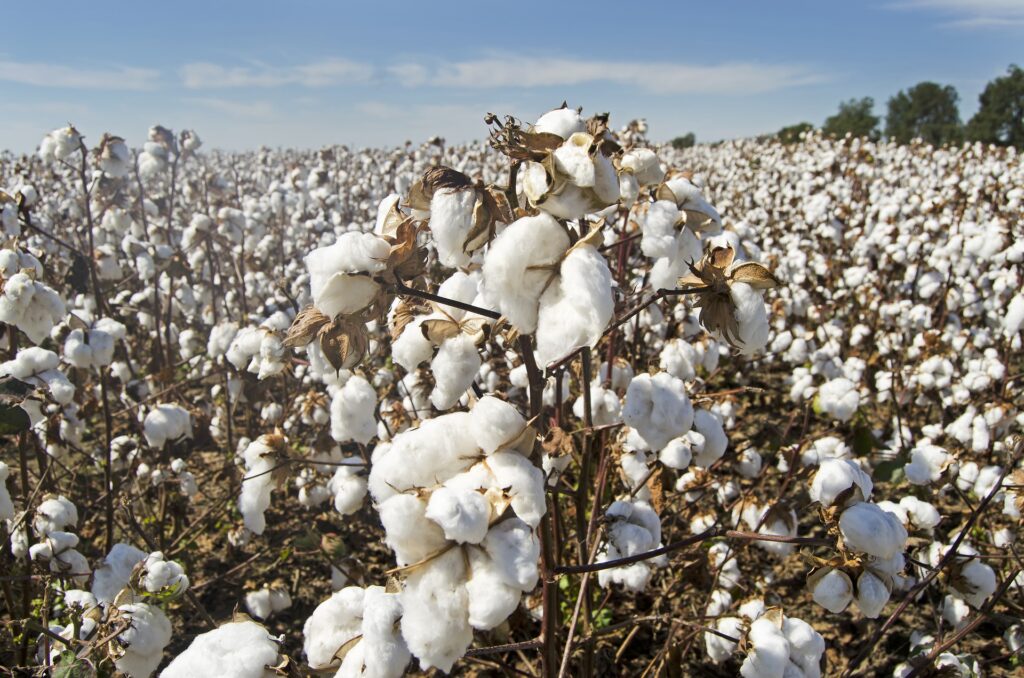Climate change. Temperatures rising. Threat to animal species, ancient forests, and so on. With all of these changes, the salinity of soil is changing too. Some of the pests and diseases can adapt. Some crops cannot. And, what is that all mean? Risk of extinction for some of our favorite plants, fruits, and veggies.
What crops are at the highest risk?
Morning coffee? Favorite chocolate bar? Enjoy it, while it lasts. Goettsch’s study found that constantly changing climate conditions are driving many wild relatives of popular crops to extinction. Potatoes, avocados, coffee, wild cotton, cocoa, apples, and ginger are only a few from the list. Native varieties of vanilla in South and Central Amerika, are at the highest risk. Wild cotton is second, followed by avocados and potatoes.
Fighting climate change can save crops
Britain’s Royal Botanic Gardens study found that 40% of all plants face extinction, because of actions such as land clearing, over-harvesting, changing weather patterns. While climate change is an issue that cannot be solved overnight every one of us can adopt some habits, that can help to turn a situation in the right direction. Step by step. For example, we can be more conscious about what we buy and who we buy it from. Also, we can reduce our energy consumption by simply switching lights off when we are not in the room. We can opt for cleaner transportation, like a bike to work instead of driving it, or share a ride with co-workers instead of driving on your own. These are just a few examples of how we can help our planet and the crops, by just changing a little bit of our daily routine.
Sources:
https://www.greenmatters.com/p/crops-extinct-climate-change, https://brightly.eco/wild-crops-face-extinction-due-to-climate-change/
photo credit: Pixabay




